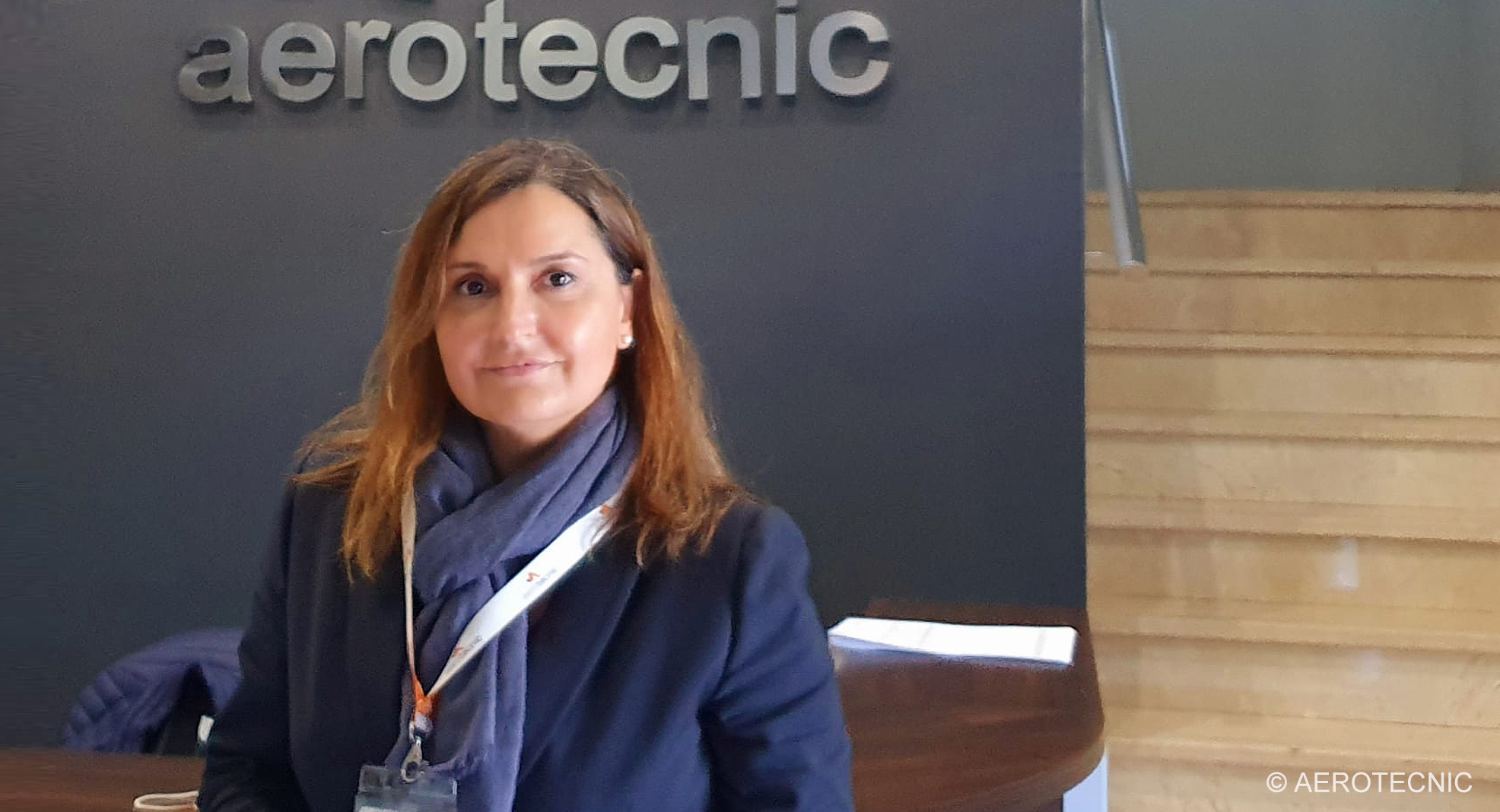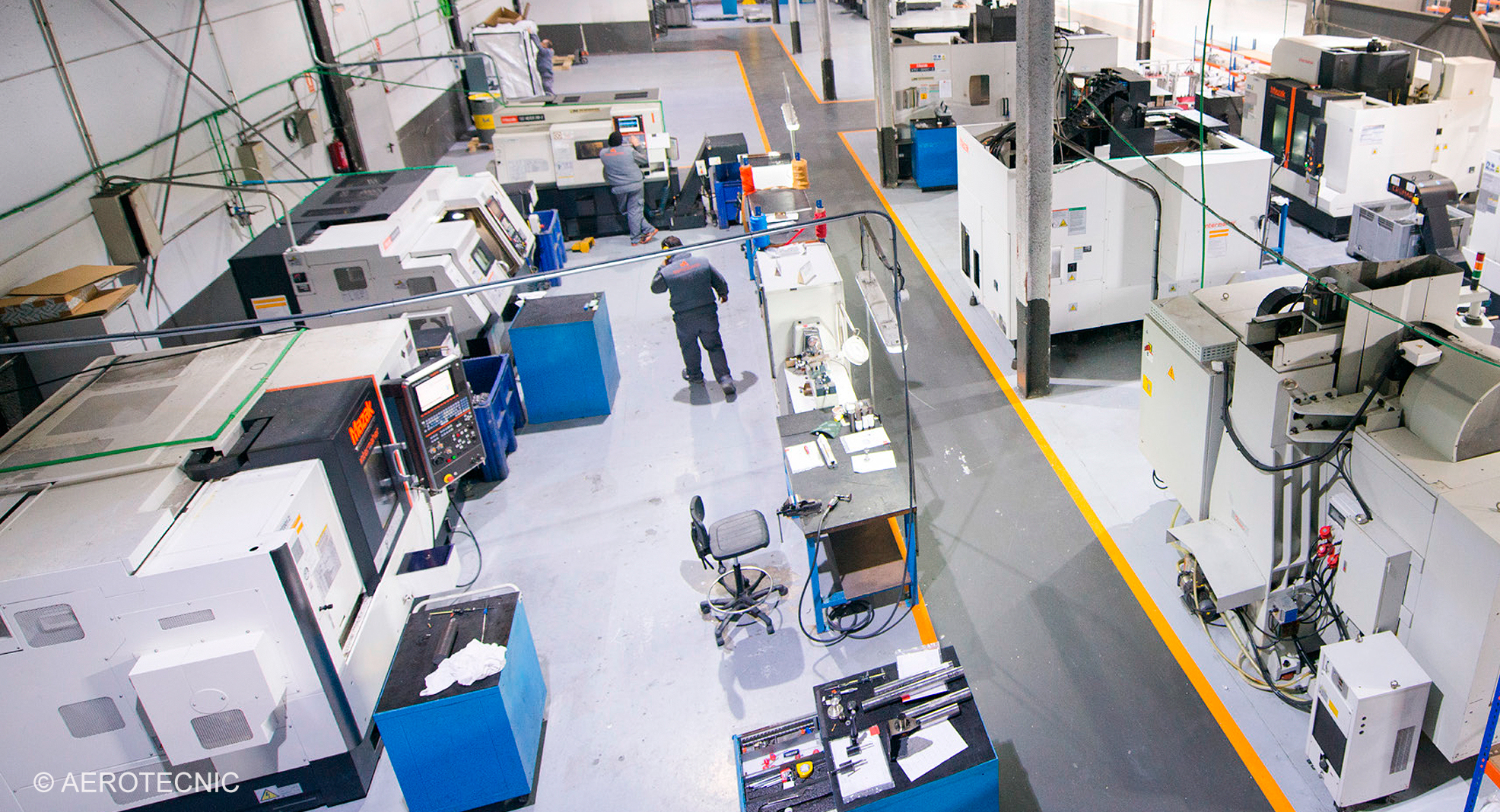Gracia Ramos Lora, Director of Corporate Resources and R&D at Aerotecnic
Aerotecnic is a leading company with regard to integral management in the aeronautical sector in terms of civil and military aviation with a customer portfolio featuring top-level national and international firms. The company also has extensive experience in the field of R&D projects. The Andalusian group believes that this R&D focus is essential for its strategy aimed at improving processes and training in new technologies. During this interview, Gracia Ramos, director of corporate resources and R&D, describes the current collaboration between Tekniker and Aerotecnic and the challenges the sector is facing.
In what context are companies that manufacture aeronautical components such as Aerotecnic working nowadays?
In the current situation, it is only the most competitive and efficient companies that can guarantee the level of production required to achieve long-term stable growth.
Globalisation, moreover, is undoubtedly one of the growth factors that affects the industrial sector and the aeronautical sector is certainly no exception. Proof of the fact is that the number of potential customers is growing and so is competition too which means that more efforts must be made to maintain and/or increase an organisation’s market share.
The expansion of this business towards other overseas markets like Asia requires further training for local suppliers which may pose a significant risk for the domestic aeronautical sector and other associated companies as OEMs might transfer part of their production and subcontract firms in other locations if productivity in the European environment does not continuously improve and is unable to compete by offering high quality products.
It is in this context that efficiency and productivity are the two main elements to become more competitive and maintain and increase your market share by improving all the processes of the value chain.
This collaborative effort has focused on two of the titanium parts listed in the Aerotecnic catalogue, but what obstacles have you come up against when processing this material? How can additive manufacturing help to overcome them?
Manufacturing involving titanium is one of the key pillars for metallic manufacturing and aeronautics. At Aerotecnic, our commitment is focused on increasing our efficiency and developing innovative technological solutions to continuously improve our processes.
In manufacturing processes of this kind, the cost of the material itself represents a very significant percentage of the end piece and has become, in many instances, the main target for potential improvements. Requirements resulting from processing and machining are also associated with major challenges with regard to how the parts will be used in an application where final weight plays a critical role; ratios between the original and the final material (the buy-to-fly ratio) are very high and end pieces account for approximately 5% of the original material.
Thanks to additive manufacturing it is possible to significantly reduce the amount of original materials and achieve very big savings in terms of total costs. This reduction in the amount of original materials also means that as far less roughing is required machine operation is optimised.
The validity of the Laser Metal Deposition technique when manufacturing titanium parts been fully tested, but what other challenges will this collaboration address?
If these technologies are to be implemented in a decisive manner in aeronautical processes, they must be certified by running an extensive range of mechanical, fatigue and chemical trials. It has to be stressed that, thanks to these techniques, very promising results have been obtained and this allows us to feel optimistic with regard to the success of this certification process.
As regards future challenges, it must be underscored that, as surfaces produced by means of additive manufacturing are rough, special machining processes are required; consequently, machining time cannot be significantly reduced. Work focused on optimising these machining processes clearly poses a new challenge in terms of achieving potential improvements to reduce machining time and, generally speaking, lead times for complete manufacturing processes.
How would you rate Tekniker’s contribution in the LASTITAN initiative? How significant have solutions such as those promoted by technology centres like Tekniker been?
Throughout the project, Tekniker has proved its high value as a partner by delivering the solutions designed by a team of professionals deeply committed to from the early stages.
There is no doubt that our contribution towards the project has produced very high-quality technical results that will not only pave the way but also provide the foundations required to make further progress in terms of improving and optimising resources and materials in the field of metallic aeronautical manufacturing. We hope our collaboration will continue in other projects to progress even further in the field of additive technologies to achieve higher levels of maturity when addressing certification and industrialisation issues.



